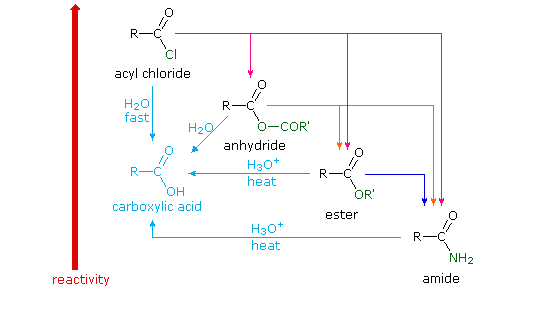


conformational interconversion barriers are small (3– 4 kcal/mol) and are easily overcome at room temperature. In an attempt to accomplish the lowest energy state possible every molecule wants to be in the lowest energy state possible, so the higher the relative energy, the less time the molecule will spend in that energetically unfavorable state. When the two methyl groups overlap with each other, with 0° separation, the molecule is said to be totally eclipsed and is in its highest energy state To convert from the anti to the gauche conformation, the molecule must pass through an eclipsed conformation in which the two methyl groups are 120° apart and overlap with the H atoms on the adjacent carbon. occurs when the two methyl groups are 60° apart. It’s gauche (or inappropriate) for one methyl group to stand too close to another group! Groups are eclipsed when they are completely in line with one another. Specifically, it is called the anti conformation (the most favorable type of staggered conformation) because the two-methyl groups are antiperiplanar to each other and exhibit minimal steric hindrance. No overlap of atoms along the line of sight (besides C– 2 and C– 3), the molecule is said to be in a staggered conformation. Noncyclic alkenes have the general formula CnH2n By contrast, cyclo-, iso-, and neo- are considered part of the group name and are alphabetized. Prefixes such as di-, tri-, etc., as well as the hyphenated prefixes (tert-sec-, n-) are ignored in alphabetizing.Ěny other functional groups become substituents.The suffix of the highest priority functional group is used as the ending, and this functional group gets the lowest possible number in the C-skeleton.Remember that the end of every name - the suffix- will be the name – backbone chain number. We then separate numbers from numbers with commas, and we separate numbers from words with hyphens. In contrast to this, non-hyphenated roots that are part of the name, such as iso–, neo–, or cyclo–, are alphabetized. 5 Names will always begin with the substituents listed as prefixes in alphabetical order, with each substituent name preceded by its assigned numerical prefixes such as di–, tri–, and so on, as well as the hyphenated prefixes (tert–, sec–, and n–) are ignored in alphabetizing. Rings are numbered starting at the point of greatest substitution, and as always, try to get the lowest possible number for every ring two fewer hydrogens than straight chain=degree of unsaturation. The ring is numbered starting at the point of greatest substitution, if the ring structure is not part of the largest carbon chain, it will be listed as a substituent. Name the substituents, methyl, propyl, general formula for both cycloalkanes and straight-chain alkenes is CnH2n, multiple identical substituents, then we use the roots di–, tri–, tetra–, ring itself is the longest carbon chain, substituted cycloalkanes will be named as derivatives of the parent ring. Number the chain, so that the most substituents get the lowest numbers possible 3. Once again, this means that the carbon with the most stuff attached to it will be assigned the number 1. The ring is numbered starting at the point of greatest substitution. Find longest chain parent chain, if two same length most substituted (more stuff) gets priority, When counting out the longest chain of carbons, it MUST include the highest-priority functional group, this group must receive the lowest possible number, and the compound’s name must end with the suffix of this group, molecules just need to be more oxidized than all of their neighbors carbon with the most bonds to oxygen tends to be the most oxidized 2.


 0 kommentar(er)
0 kommentar(er)
